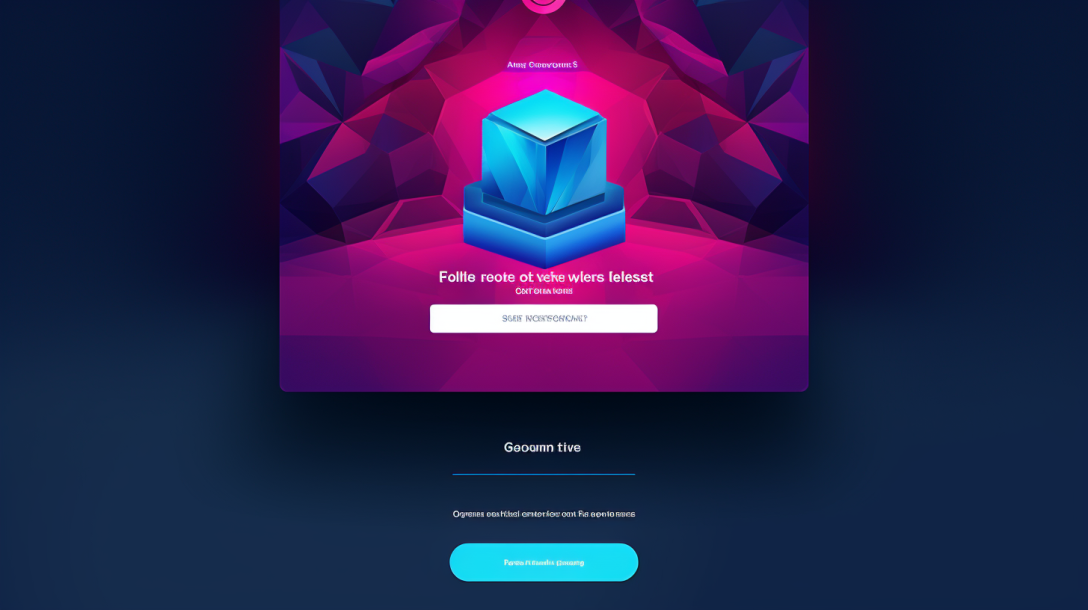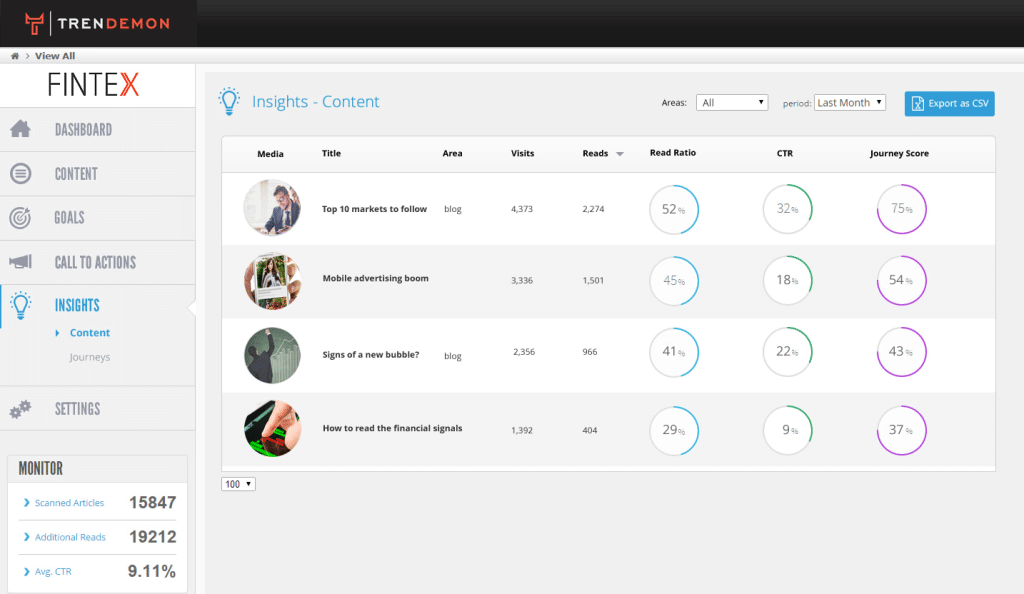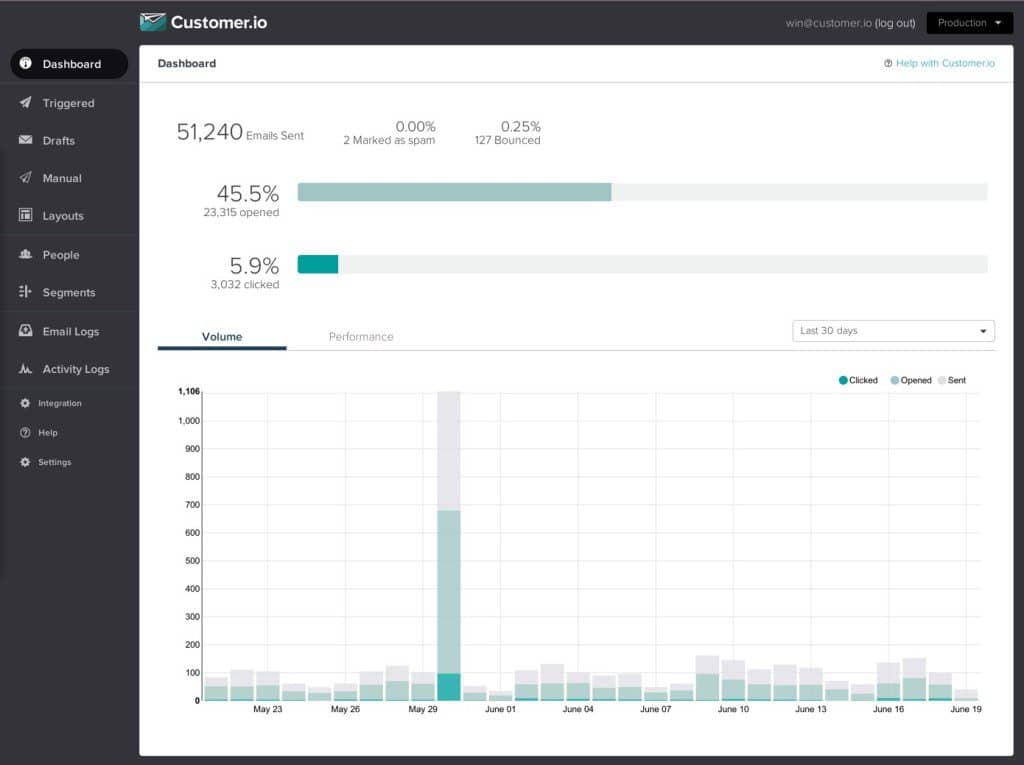How Marketers Can Use Content Personalization to Increase Lead Generation

With the emergence of multi-channel communication outlets, brands worldwide are seeking ways to differentiate their product offerings, while at the same time, reaching out to relevant audiences. This has proven to be a difficult task, with many competitors also looking (and often struggling) to deliver highly relevant and personalized content to end-users. For the past few years, we have been witnessing an exponential growth in content marketing. Yet, despite this growing investment in content creation and distribution, understanding the real value of content marketing and carrying out content personalization is still a major pain for most marketers. In line with this, MarketingTechBlog claims that “48% of marketers are not developing customized content for target audiences” and “44% of marketers are not producing content that is relevant or meaningful to different audiences.”
Thankfully, today there are some solutions for content marketing analysis, and marketers can now rely on data to support their content personalization plans. This is good news for consumers as well, as their demands for real-time based answers, relevant content, dynamic social interaction, and industry insights grow.
The implications for this marketing phenomenon on lead generation are quite significant and can be best explained by briefly breaking down content personalization into four stages:
(1) Brand awareness and reputation: “You never get a second chance to make a great first impression” – this can also hold true for brand marketers and content writers. When devising content personalization campaigns, think carefully about your short-term and long-term content marketing goals when defining your brand and value proposition. Essentially, you should strive to be a go-to industry expert, with potential customers turning to you as an engaging source for insights and thought leadership content. Part of that is personalizing the content offered to each user, according to his/her areas of interest and reading preferences.
(2) Customer and target audience profiling: If you have reached this stage, allow me to congratulate you. Now, the job gets even harder. Even with a well-developed brand reputation, how can you ensure that your offers are reaching their intended customers? This stage is usually two-fold: First, brainstorm with your marketing team to determine who your ideal customer is, from industry, position and interests, to age, location, and other demographic parameters. Second, by sourcing analytical tools that can initiate automated segmentation for more effective delivery of messages. For instance, by distinguishing and comparing between different audience groups, you can determine which type of content will likely lead to more engagement based on past user behaviors and reading engagement.
(3) Moving from targeted research (above stage) to lead generation across multi-channels: The next stage, while challenging, is predominately measured by your ability as a marketer, especially, performance-based, to increase lead generation. This is where this third stage comes in – create lead nurturing content to engage previously segmented customers using re-targeting methods, for example. Such a move helps marketers be able to re-target content campaigns based on assessing different levels of user engagement. To top this stage off, distribute and personalize your offers across multi-channels (from email newsletters to social media platforms) in order to increase potential impact.
(4) Bridge the gap between marketing and sales team: Even with an efficient content personalization campaign, content writers and account managers should be working in sync in order to truly impact lead generation. On one hand, content marketers should be crafting marketing collateral and promoting offers across various channels, while on the other, account managers and sales teams need to be able to both reel in new potential customers once the users come across those displayed messages, as well as keep loyal customers, well, loyal. Additionally, since sales teams often hear about customer’s pain points, they should reflect this information to the relevant marketing contact in order for solutions to be discussed in later content marketing pieces. Therefore, the bottom line should be quite clear – understanding various customer nuances and preferences are a must for marketers and sales teams alike.
Keeping these stages in mind, a marketer’s ability to reach a desired level of content personalization can not only impact the customer perception of the brand/company represented, but also help increase lead generation.
But what are some tools that help bridge the gap between content personalization and lead generation?
Let’s take a quick look at a couple of analytical tools to help track user engagement and rate of returning visitors based on personalized content campaigns:
Trendemon: Content Marketing Insights, Content Recommendation Automation and Effective Distribution of Targeted Call-to-Actions
Considering all the points mentioned above, it takes time to convert leads to the point where they are interested in either pursuing a new product or service, or just bravely considering changing providers. For content marketers, this leaves room to try to explore creative ways to keep these leads engaged, especially after they have already spent time reading a specific article or briefly reviewing a comment. Trendemon, for instance, considers such situations as opportunities to boost lead generation. By mapping the user’s journey throughout the content and actually analyzing the content itself by assigning it a score according to its ROI potential, the system offers targeted and personalized call-to-actions and personalized content recommendation units that can be displayed either after an article is read or just before exiting the page or the web site, consequently keeping the user engaged.

Customer.io: Targeted Email Message Delivery to Existing Customers
As brand marketers, we often send hundreds of emails every day. Given these numbers, we will most likely be unable to effectively reach out to customers just by sending out an email free of spelling errors and adding a few well-placed smiley faces next to our signatures. However, there are tools such as Customer.io that help automate the process of email marketing, but with features that take into account customer segmentation and profiling. Email engagement is then measured and analyzed, leading to more effective communication with customers.

To Sum Things Up:
The relationship between content personalization and lead generation will continue to be a trending topic, as big-data grows and as customers demand more relevant and targeted offers prior to checkout. Have any additional insights into how lead generation can be impacted by personalized content? Send us your thoughts!